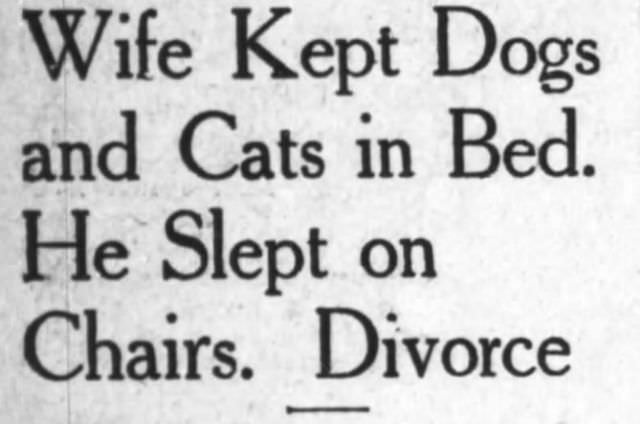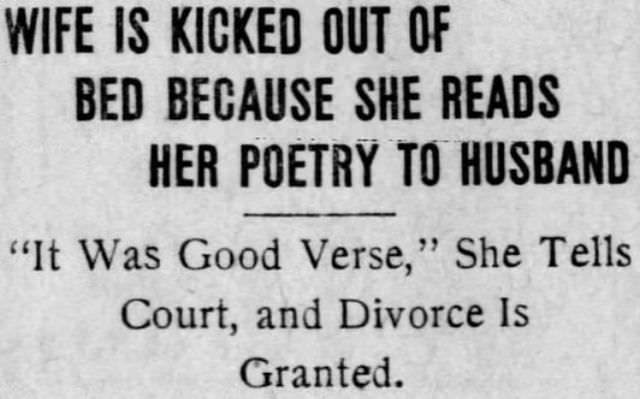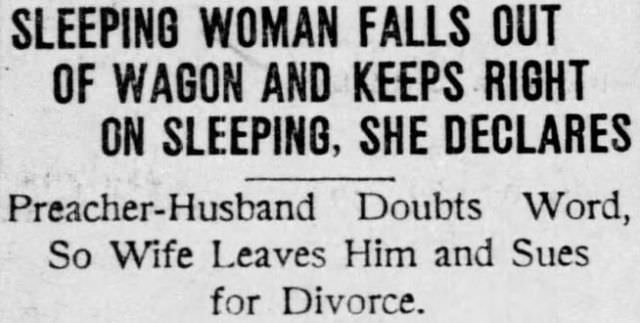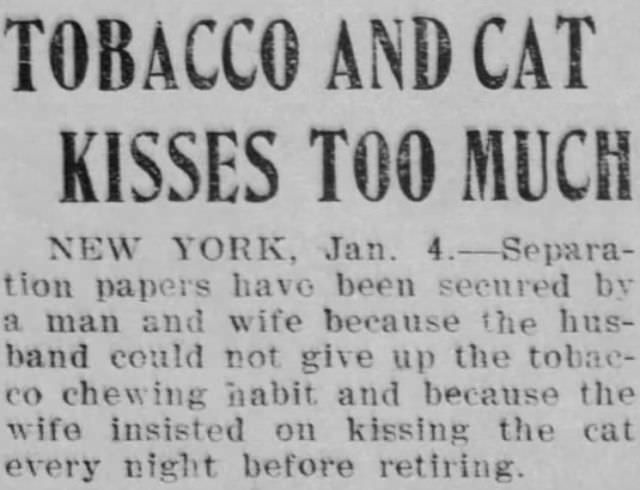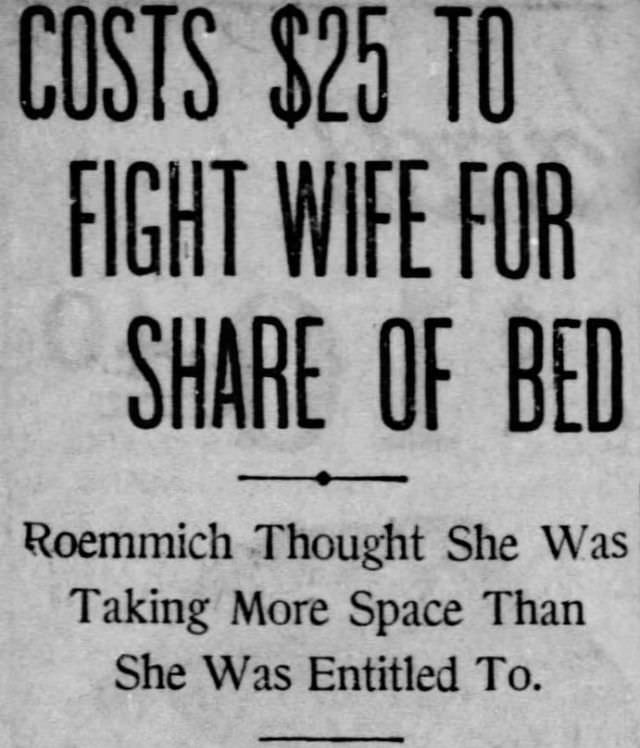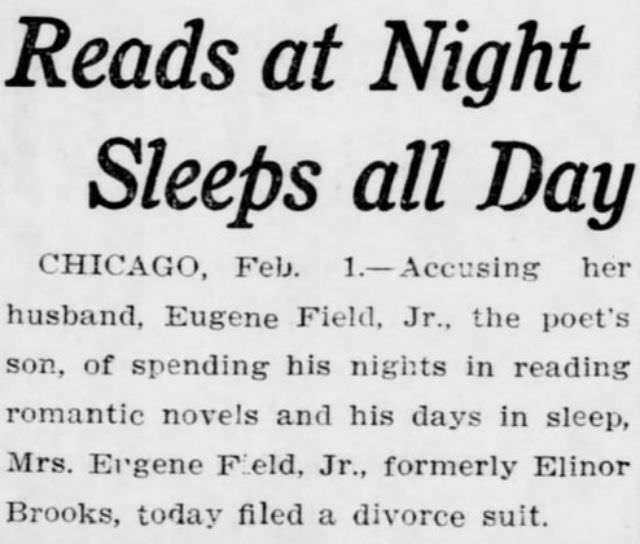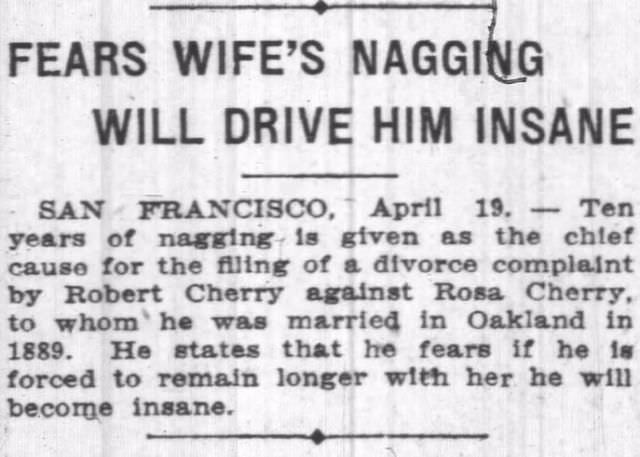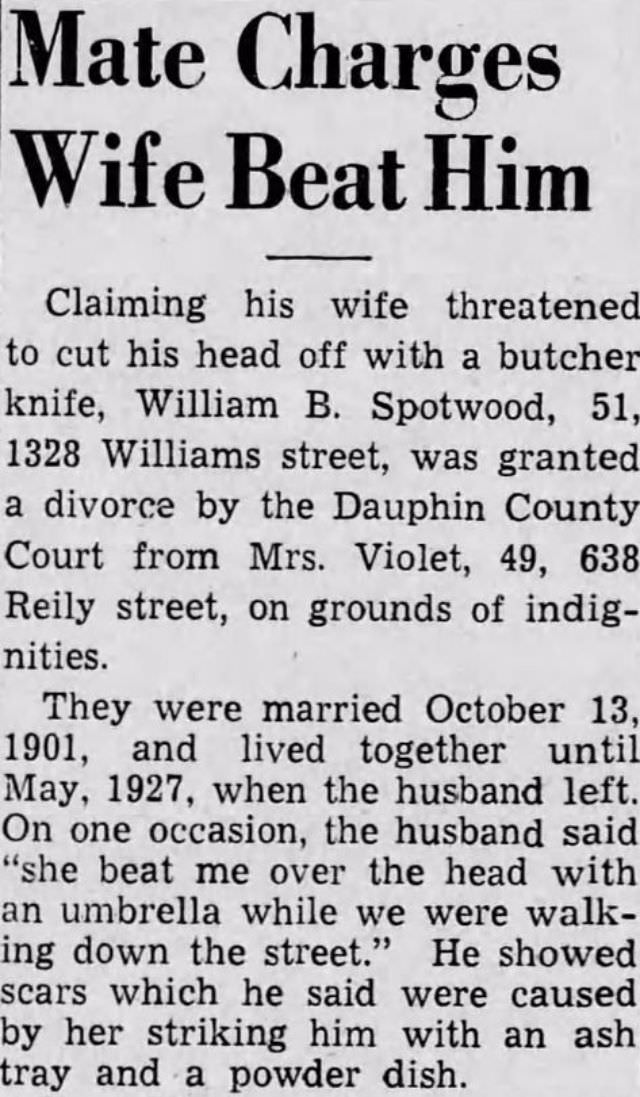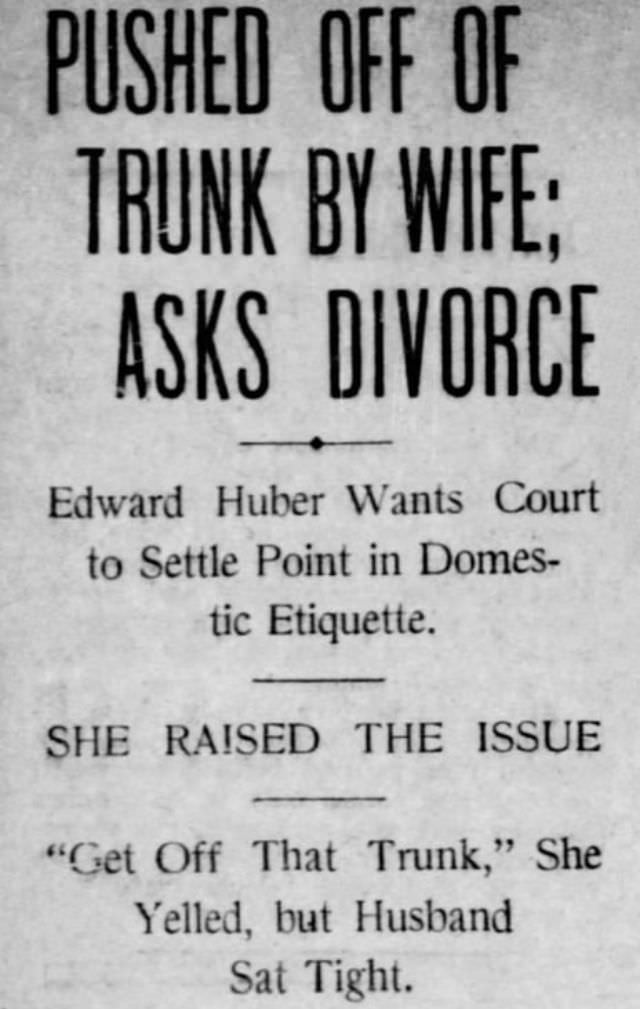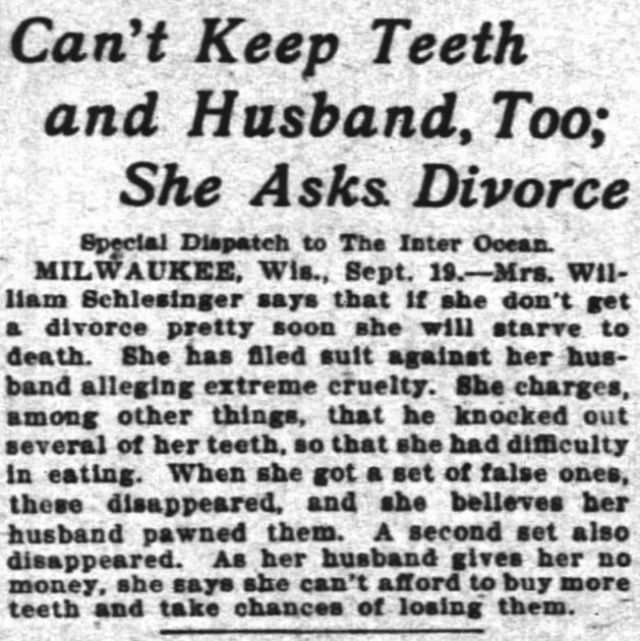Divorce in the early 20th century was not as common or accepted as it is today. Many states had strict laws that made it difficult for couples to divorce. During this period, only a few states had laws that allowed for divorce on the grounds of “no-fault,” which means that the divorce could be granted without either party having to prove that the other had done something wrong. Most states require that one party prove that the other had committed an act of wrongdoing, such as adultery or abandonment, to obtain a divorce.
During the late 19th century, the divorce rate was relatively low, with most states reporting fewer than one divorce per 1,000 people. However, by the early 20th century, the divorce rate began to rise due in part to changing attitudes towards marriage and the increasing availability of legal divorce.
One of the most significant changes in divorce laws during this period was the introduction of “no-fault” divorce. This allowed couples to divorce without proving that one party had committed an act of wrongdoing. This made it easier for couples to divorce and helped to increase the divorce rate. Another factor that contributed to the rise in divorce during this period was the increasing availability of legal divorce. As more states began to relax their divorce laws, it became easier for couples to obtain a divorce. This, in turn, led to an increase in the number of couples who chose to divorce.
However, despite these changes, divorce was still stigmatized during this time period. Many people viewed divorce as a sign of moral failure, and divorced couples often faced social ostracism. Additionally, divorced women were particularly vulnerable, as they were often seen as a “social problem” and were often unable to support themselves or their children.
Many cases made headlines due to their unusual or bizarre circumstances. One example is a case from 1911 where a woman in New York filed for divorce because her husband refused to stop playing the banjo at night. The woman claimed that the constant noise was causing her to lose sleep and made her ill. Another example is a case from 1922 where a man in Indiana filed for divorce because his wife had become addicted to playing the game of bridge. The man claimed his wife was neglecting her duties as a wife and mother to play the game. In another case from 1921, a man filed for divorce from his wife because she had a “repugnant body odor.” The man claimed that he had been trying to ignore it for years, but it had become unbearable. Here below are some bizarre reasons that caused divorce in the Past.






